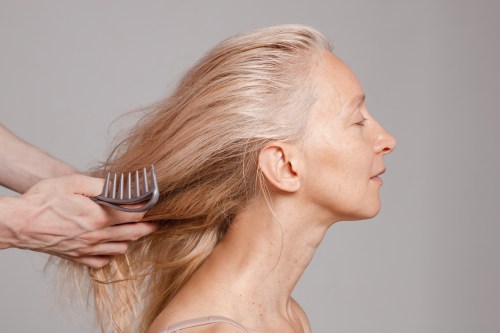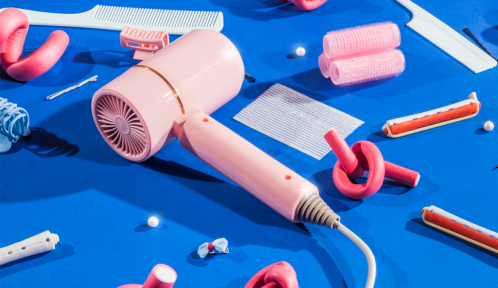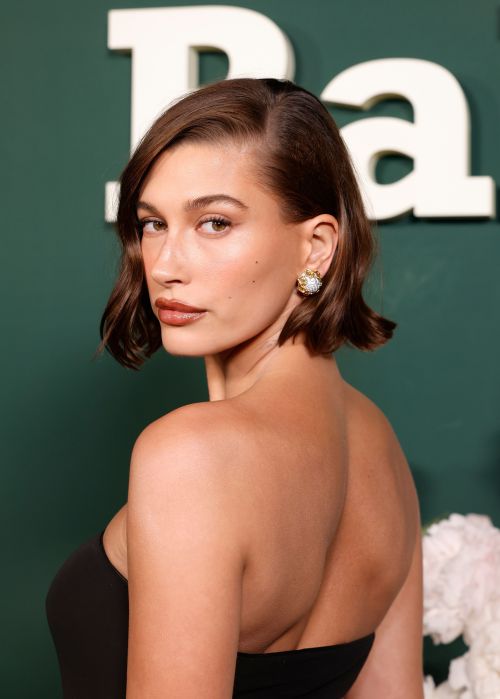A derm reveals how to tell the difference between regular shedding and hair loss
Wondering "why am i losing hair?" A dermatologist reveals the causes behind hair loss, and what you can do to deal with it.

Hair sheds. It’s a normal, natural part of life that happens to everyone on a daily basis, and is the reason why our bathrooms, hairbrushes, and black sweaters are so frequently covered in those pesky individual strands. But at what point does “regular shedding” turn into a hair loss problem worth being concerned about?
In the latest episode of Dear Derm, board-certified dermatologist Mona Gohara, MD, reveals that most women lose roughly 100 hairs each day as a part of their normal shedding cycle. While you may not be counting the exact number of strands swimming in your shower drain, it’s worth paying attention to if you notice a sudden change in the volume of what’s in there. “You know when you’re losing more hair than usual,” she says. “Always remember that you know your body best, so if you feel like there’s something on, go see a board-certified dermatologist or your primary care doctor.”
As anyone who’s ever gotten a crap haircut or bad dye job knows, hair is an important part of our identities. That’s why when it starts to fall out, it can be particularly jarring, especially when you don’t know what’s going on. There are six different things that could be causing hair loss—some physiological, others environmental. But the most important thing, she says, is not to worry—there are ways to deal with them all. “I don’t want you to panic—I want you to know you’re not alone,” says Dr. Gohara, who herself deals with alopecia-related hair loss. “There are a lot of solutions, and there is definitely hope.”
Watch the episode above for the intel you need on how to handle it when you’re losing your hair, and if you’ve got questions for Dr. Gohara (or any of our editors) about hair loss or any other skin-related issues.
This is the exact skin-care routine Dr. Gohara uses on herself, plus the $1 face and body cleanser she can’t live without.
Sign Up for Our Daily Newsletter
Get all the latest in wellness, trends, food, fitness, beauty, and more delivered right to your inbox.
Got it, you've been added to our email list.










